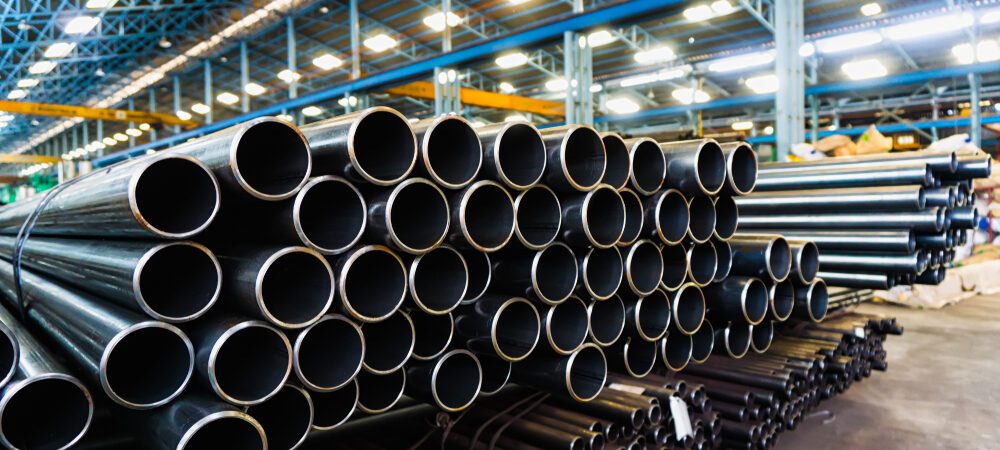The industrial sector produces more than 25% of global CO2 emissions. No climate solution can be effective without identifying and mobilizing decarbonization pathways for hard-to-abate manufacturing processes, like those required to produce steel, aluminum, cement, fertilizers, and chemicals. Firms are innovating low-carbon solutions, but a singular challenge remains: stiff competition from low-cost suppliers makes it difficult to finance the development and deployment of innovative, lower-carbon processes and technologies. This is especially true in competition between firms operating in market economies and state-owned enterprises.
Recognizing that firms face significant hurdles to achieving decarbonization, the United States and the European Union have launched negotiations for the Global Arrangement for Sustainable Steel and Aluminum (Global Arrangement or GASSA), the first trade agreement of its kind. It will enable the parties to work together toward reducing sources of global non-market excess capacity (NMEC) in steel and aluminum manufacturing and lowering the carbon intensity of traded products.
The approach is revolutionary. It brings together two of the largest, cleanest manufacturers and the most powerful consumer markets in the world to reform trade in energy-intensive goods.ii Prior Council research has demonstrated that successful resolution of the Global Arrangement can reduce global industrial emissions, reward carbon-efficient manufacturers and workers, and generate clear benefits for participating economies. Moreover, the Global Arrangement can provide a powerful template for future agreements between additional countries, covering additional commodities and addressing global manufacturing practices across a number of important sectors.
To meaningfully address the 9.15 gigatons of annual industrial CO2 emissions, we need a global marketplace capable of rewarding firms for manufacturing goods with fewer emissions than their competitors. As a carbon-efficient manufacturer of goods, the U.S. is well-positioned to lead the development of policies that leverage trade rules to cut emissions and reduce the power of non-market firms. And as the world’s largest economy, the U.S. can bring other countries to the table in partnerships that yield more emissions reductions and more benefits for the cleanest firms.
In this context, the Global Arrangement’s success is an important bellwether. This deal tests our ability to use novel trade approaches in the climate fight, begins with negotiations between two like-minded and large economies, and is specifically designed to welcome future participation by new countries over time. Progress has been slow-going, but the paradigm shift that success could bring warrants the parties redoubling their efforts to finalize a deal.
This paper builds from previously conducted research to assess the state of steel production and trade and the abundant benefits available to the U.S. and the EU if the negotiation is successful. A well-designed Global Arrangement can reward lower-carbon manufacturers with higher sales and profits, on-shore steel production, secure decarbonization investments, and lower carbon emissions.
Catrina Rorke serves as executive director of the Center for Climate and Trade and senior vice president, policy and research at the Climate Leadership Council.
Matthew Porterfield is the vice president, policy and research at the Climate Leadership Council.
Global_Arrangement_New_OpportunitiesTo read the full report published by the Climate Leadership Council, click here.

